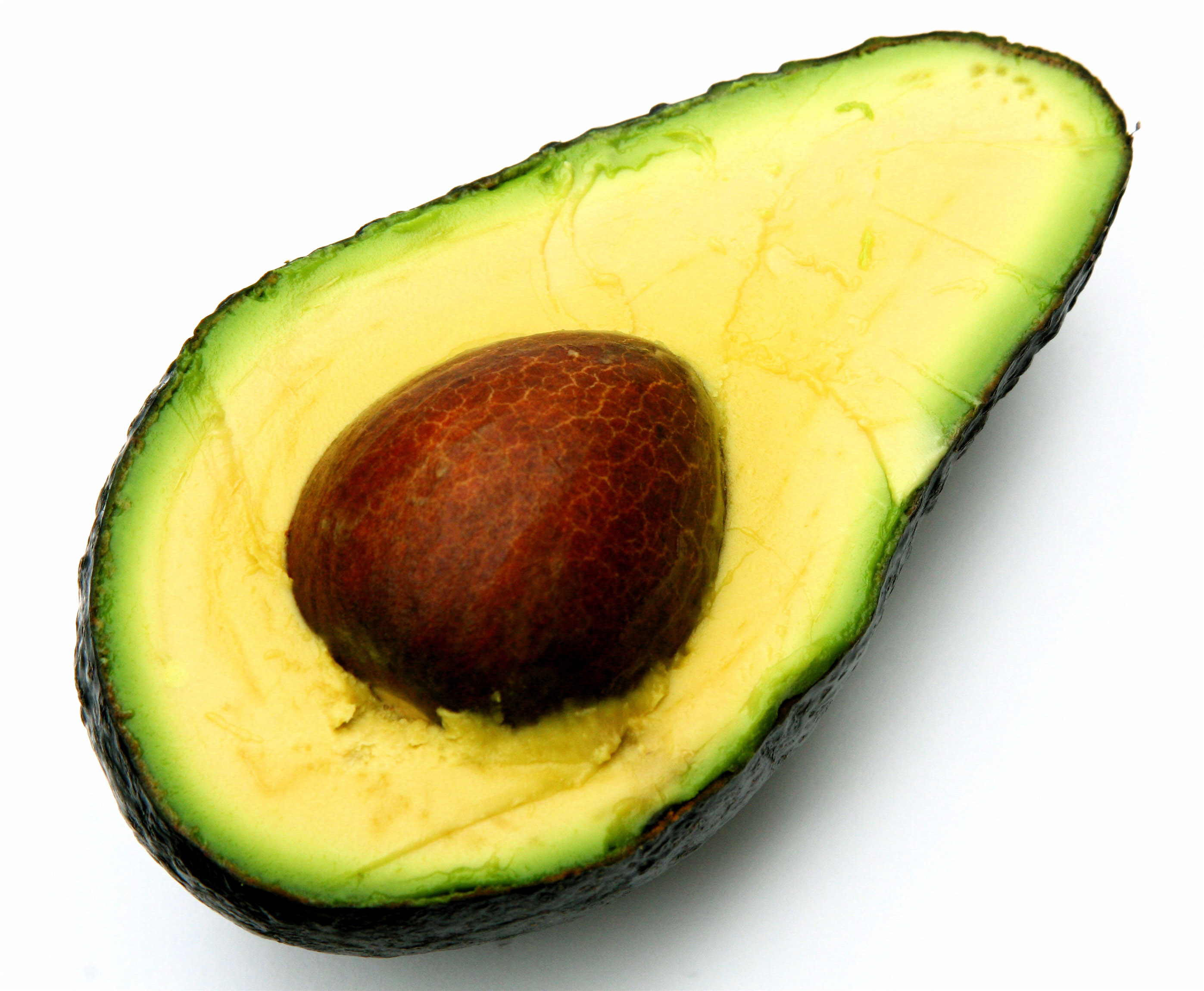The avocado, also referred to as the alligator pear, can be divided into three main categories, West Indian, Guatemalan, and Mexican. In the United States, the Guatemalan is the most popular. Avocados are native to Central and South America, and have been cultivated in these regions since 8,000 B.C.E. The avocado was introduced to Jamaica and tropical Asian regions in the mid-1800s. Cultivation in the United States began in the early twentieth century, and is concentrated in Florida and California.
Nutritional Highlights:
- Avocados are a great source of monounsaturated fatty acids, potassium, vitamins E and B, as well as fiber.
- Avocados actually have the potassium content of two to three bananas.
- A 3½-ounce serving of an avocado contains 160 calories, and 485 milligrams of potassium.
Health Benefits:
- Avocados are second only to olives for their content of unsaturated oil.
- The fat content of avocados is about 20 percent higher than other fruits.
- Avocados contain oleic acid and linoleic acid, which can help lower cholesterol levels.
Avocados can be enjoyed any time of the day. For a breakfast, a favorite is to mash avocados on top of whole-wheat toast. Use mashed avocado instead of mayonnaise on sandwiches, or enjoy guacamole for lunch or dinner. Try combining sliced avocado, fennel, oranges, and fresh mint for a tasty salad. For information on other nutritious fruits, take a look at my “Encyclopedia of Healing Foods”.




